Home>Gardening & Outdoor>Plant Care & Gardening Tips>When To Sow Native Plant Seeds
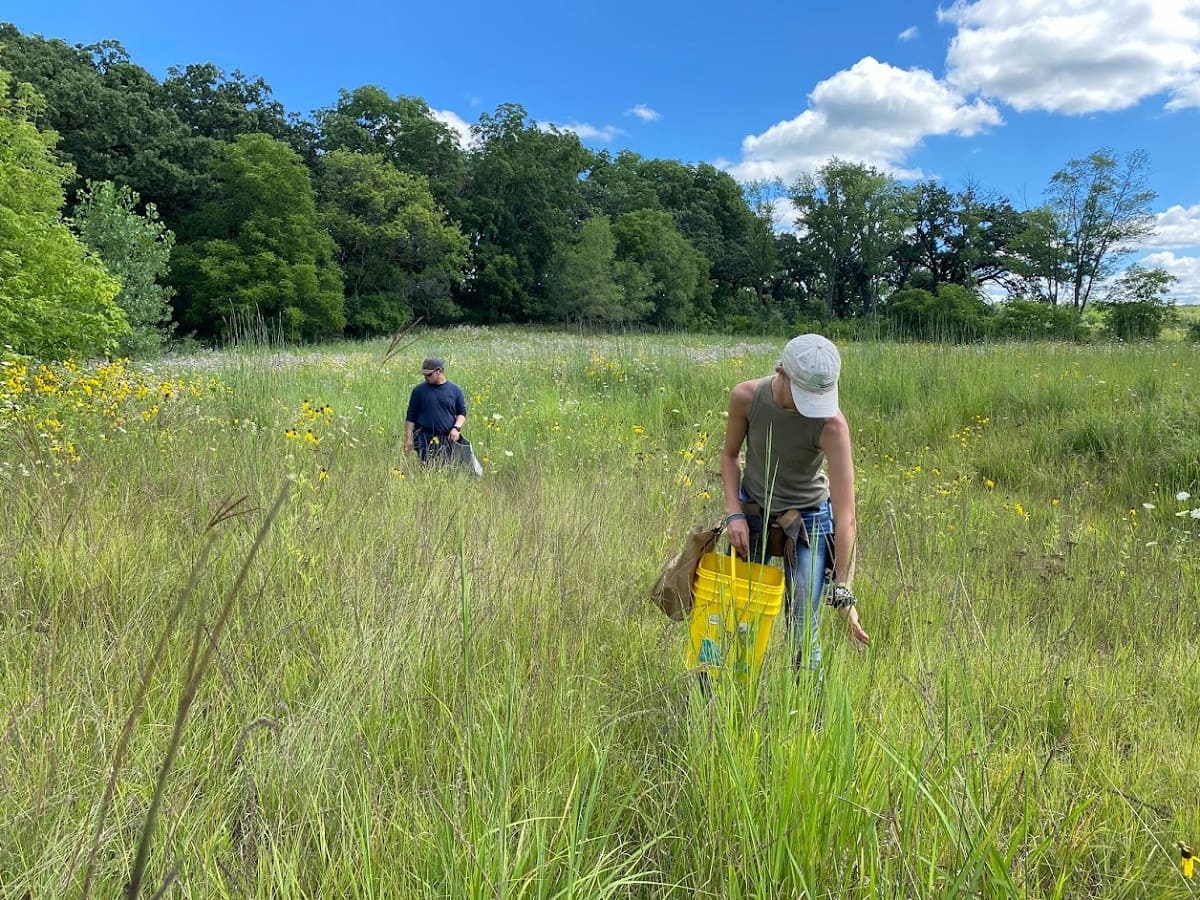

Plant Care & Gardening Tips
When To Sow Native Plant Seeds
Modified: January 9, 2024
Learn when to sow native plant seeds and get expert plant care and gardening tips for a thriving garden. Discover the best practices for successful seed sowing.
(Many of the links in this article redirect to a specific reviewed product. Your purchase of these products through affiliate links helps to generate commission for Storables.com, at no extra cost. Learn more)
Introduction
So, you've decided to take your gardening skills to the next level by sowing native plant seeds. Congratulations! Embracing native plants not only adds natural beauty to your surroundings but also supports local ecosystems and wildlife. Before you embark on this exciting journey, it's essential to understand native plant seeds and the factors that influence their successful growth. In this comprehensive guide, we'll explore the intricacies of native plant seeds, the optimal times for sowing them, and the best techniques to ensure their flourishing. By the end of this article, you'll be equipped with the knowledge and confidence to sow native plant seeds with skill and finesse. Let's delve into the fascinating world of native plant cultivation and discover the wonders that await us.
Key Takeaways:
- Embrace the natural beauty and resilience of native plant seeds to create a vibrant garden that supports local ecosystems and wildlife. Consider factors like climate, timing, and sowing techniques for successful growth.
- By understanding the seasonal preferences of native plant seeds and employing tailored sowing techniques, you can nurture a thriving garden that celebrates biodiversity and supports local wildlife. Embrace the wonder of native plant cultivation for a vibrant, sustainable garden.
Read more: When To Sow Lupine Seeds
Understanding Native Plant Seeds
Native plant seeds are the embodiment of resilience and adaptation. They are the tiny vessels that carry the potential to give life to diverse and vibrant flora. Unlike their non-native counterparts, native plant seeds have evolved over time to thrive in specific regions, making them well-suited to local environmental conditions. These seeds have developed natural defenses against local pests and diseases, making them low-maintenance and ideally suited for sustainable gardening.
Each native plant seed is a marvel of nature, encapsulating the genetic blueprint of its parent plant. This genetic diversity is crucial for the health and vitality of ecosystems, as it supports the adaptation of plant species to changing environmental conditions. When sowing native plant seeds, you are not just cultivating a garden; you are participating in the preservation of biodiversity and the conservation of indigenous plant species.
It’s important to note that native plant seeds vary in size, shape, and germination requirements. Some seeds may need scarification or stratification to break dormancy and germinate successfully. Understanding the unique characteristics of each seed is vital for ensuring their successful growth. By familiarizing yourself with the specific needs of native plant seeds, you can provide them with the care and conditions they require to flourish.
Now that we’ve gained a deeper understanding of the significance of native plant seeds, let’s explore the essential factors to consider before sowing them.
Factors to Consider Before Sowing Native Plant Seeds
Before embarking on the rewarding journey of sowing native plant seeds, it’s crucial to consider several factors that can significantly impact their growth and development. By carefully evaluating these elements, you can lay the groundwork for a successful and thriving native plant garden.
- Local Climate and Soil Conditions: Native plants have evolved to thrive in specific climate and soil conditions. Before sowing native plant seeds, assess the local climate, including temperature fluctuations, rainfall patterns, and sunlight exposure. Additionally, analyze the soil composition, drainage, and pH levels to ensure that it aligns with the requirements of the native plant species you intend to cultivate.
- Native Plant Species Selection: Research and select native plant species that are indigenous to your region. Consider factors such as sunlight requirements, water preferences, and growth habits to choose plants that are well-suited to your garden environment.
- Wildlife and Pollinator Support: Native plants play a crucial role in supporting local wildlife and pollinators. Before sowing native plant seeds, consider the potential benefits for birds, butterflies, bees, and other beneficial insects. Creating a habitat that sustains local wildlife is an essential aspect of native plant gardening.
- Disease and Pest Resistance: Native plant species often exhibit natural resistance to local pests and diseases. Understanding the pest and disease resistance of native plants can help in creating a low-maintenance and sustainable garden ecosystem.
- Conservation and Biodiversity: By sowing native plant seeds, you contribute to the conservation of indigenous plant species and the preservation of biodiversity. Consider the ecological impact of cultivating native plants and the role they play in maintaining a balanced and resilient ecosystem.
By carefully considering these factors, you can create an environment that is conducive to the successful growth of native plant seeds. Now, let’s explore the best times for sowing native plant seeds to optimize their germination and establishment.
Sow native plant seeds in the fall for spring germination, or in the spring after the last frost for summer germination. Check the specific seed packet for best timing.
Best Times to Sow Native Plant Seeds
Timing plays a crucial role in the successful germination and establishment of native plant seeds. Understanding the seasonal cycles and natural rhythms of native plants is essential for determining the best times to sow their seeds. By aligning your sowing activities with the optimal timing, you can provide native plant seeds with the conditions they need to thrive.
Spring: For many native plant species, spring is an ideal time for sowing seeds. As the soil warms up and daylight hours increase, native plants are naturally primed for germination and growth. Spring sowing allows the seeds to take advantage of the favorable conditions and establish strong root systems before the onset of summer.
Fall: In certain regions, fall sowing can be advantageous for native plant seeds. By sowing seeds in the fall, they undergo a process called cold stratification, where exposure to winter cold helps break seed dormancy. This natural stratification process prepares the seeds for germination when the conditions become favorable in the following spring.
It’s important to research the specific germination requirements of the native plant species you intend to sow. Some seeds may benefit from stratification or scarification, while others may have unique timing preferences based on their natural habitat and ecological adaptations.
By understanding the seasonal preferences of native plant seeds, you can strategically time your sowing activities to maximize their chances of success. Now, let’s delve into the essential sowing techniques that can help you nurture native plant seeds into thriving, resilient plants.
Sowing Techniques for Native Plant Seeds
When it comes to sowing native plant seeds, employing the right techniques can make a significant difference in their germination and establishment. By understanding the unique characteristics of native plant seeds and their ecological adaptations, you can implement sowing methods that align with their natural growth patterns. Let’s explore some effective techniques for sowing native plant seeds and nurturing them into flourishing plants.
- Direct Seeding: Direct seeding involves sowing native plant seeds directly into the ground, mimicking their natural dispersal in the wild. Before direct seeding, prepare the soil by removing weeds and debris and ensuring good seed-to-soil contact. Consider the specific soil and moisture requirements of the native plant species to facilitate successful germination.
- Seed Stratification: Some native plant seeds benefit from stratification, a process that mimics the natural exposure to cold temperatures. To stratify seeds, place them in a moist medium and refrigerate them for a specified period, allowing them to break dormancy and prepare for germination. This technique is particularly beneficial for seeds sown in the fall.
- Scarification: Certain native plant seeds have hard seed coats that inhibit germination. Scarification involves breaking or weakening the seed coat to promote germination. This can be achieved by carefully nicking or abrading the seed coat, allowing moisture to penetrate and initiate the germination process.
- Seedling Transplantation: For delicate or slow-germinating native plant species, starting seeds indoors and transplanting seedlings into the garden can be an effective strategy. Provide optimal growing conditions indoors, including adequate light and moisture, before transplanting the seedlings into their permanent outdoor location.
- Companion Planting: Consider companion planting when sowing native plant seeds, as certain plant combinations can benefit each other by providing natural support, such as nitrogen fixation, pest control, or shade regulation. Research companion planting options that complement the growth habits and ecological functions of native plant species.
By incorporating these sowing techniques into your native plant gardening practices, you can enhance the likelihood of successful seed germination and the establishment of resilient, thriving plants. Now that we’ve explored the essential techniques for sowing native plant seeds, let’s conclude our journey through the fascinating world of native plant cultivation.
Read more: When To Sow Kale Seeds
Conclusion
Congratulations! You’ve embarked on a remarkable journey into the realm of native plant cultivation, gaining valuable insights into the intricacies of native plant seeds and the art of sowing them with care and consideration. By understanding the significance of native plant seeds and the factors that influence their growth, you’ve laid the foundation for creating a vibrant, sustainable garden that celebrates biodiversity and supports local ecosystems.
As you prepare to sow native plant seeds, remember the importance of aligning your gardening practices with the natural rhythms and ecological adaptations of native plants. Consider the local climate, soil conditions, and the unique requirements of each native plant species to create an environment where these seeds can thrive and flourish.
Timing is key when sowing native plant seeds, and by embracing the seasonal preferences of these plants, you can optimize their chances of successful germination and establishment. Whether you choose to sow seeds in the spring to harness the energy of new growth or in the fall to harness the transformative power of winter, your thoughtful approach will set the stage for a thriving native plant garden.
Employing the right sowing techniques, such as direct seeding, seed stratification, scarification, and companion planting, will further enhance the resilience and vitality of your native plant garden. By nurturing native plant seeds with these tailored techniques, you can witness the beauty and diversity of indigenous flora unfolding in your own backyard.
As you sow native plant seeds and witness the miracle of growth, take pride in knowing that you are contributing to the conservation of native plant species, the preservation of biodiversity, and the support of local wildlife and pollinators. Your commitment to native plant gardening is a testament to your dedication to environmental stewardship and the harmonious coexistence of humans and nature.
So, as you venture forth with newfound knowledge and passion, may your native plant garden bloom with vitality, color, and life, serving as a living testament to the beauty and resilience of native flora. Embrace the wonder of native plant cultivation, and let your garden become a sanctuary where nature thrives and the legacy of native plants endures for generations to come.
Frequently Asked Questions about When To Sow Native Plant Seeds
Was this page helpful?
At Storables.com, we guarantee accurate and reliable information. Our content, validated by Expert Board Contributors, is crafted following stringent Editorial Policies. We're committed to providing you with well-researched, expert-backed insights for all your informational needs.
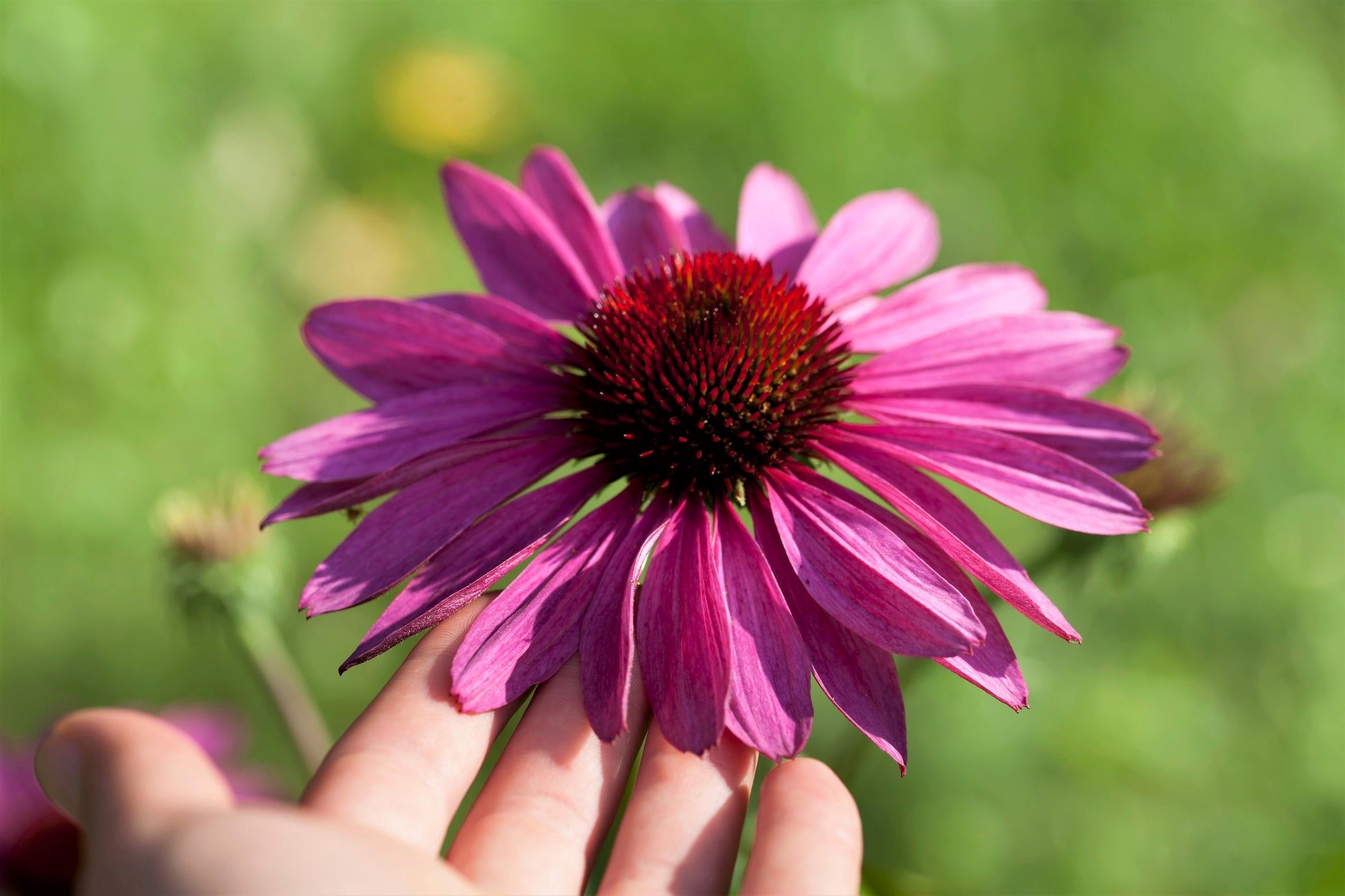
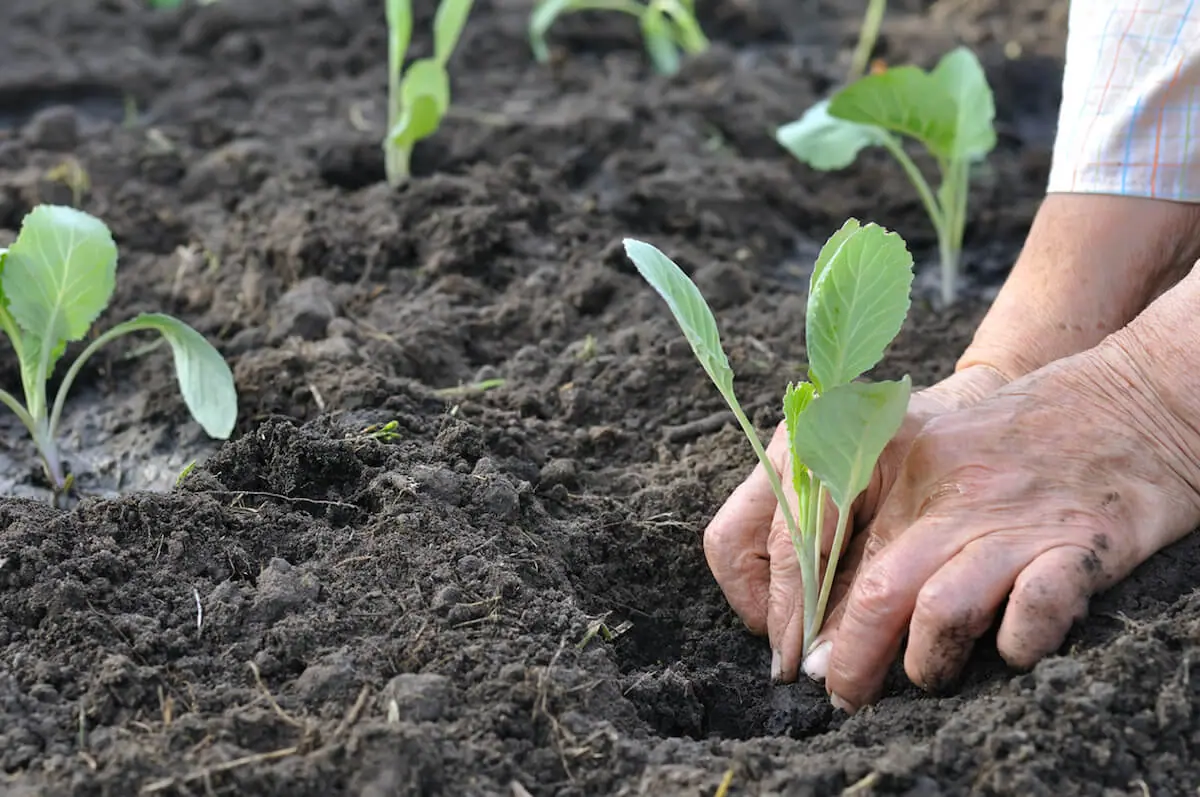
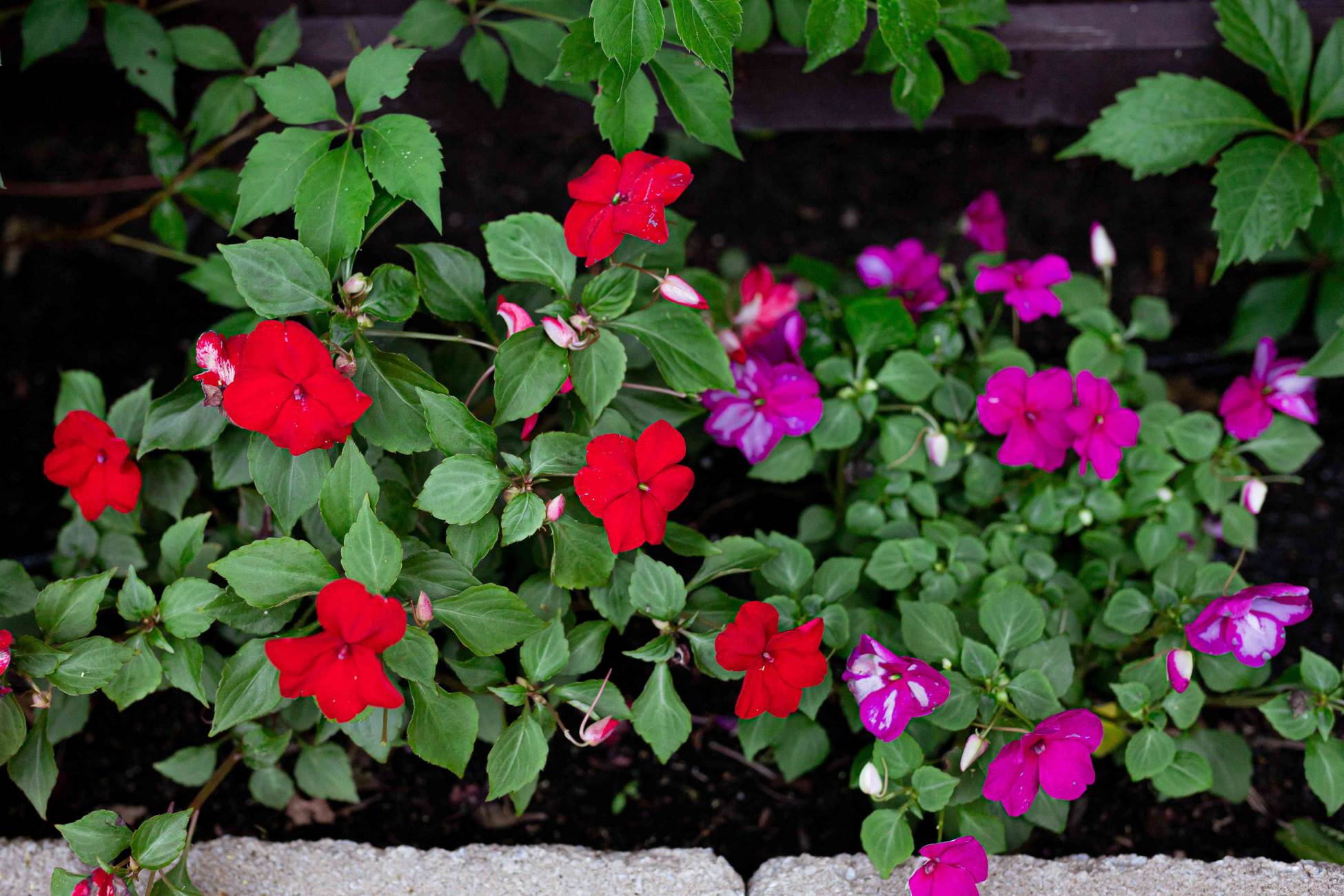
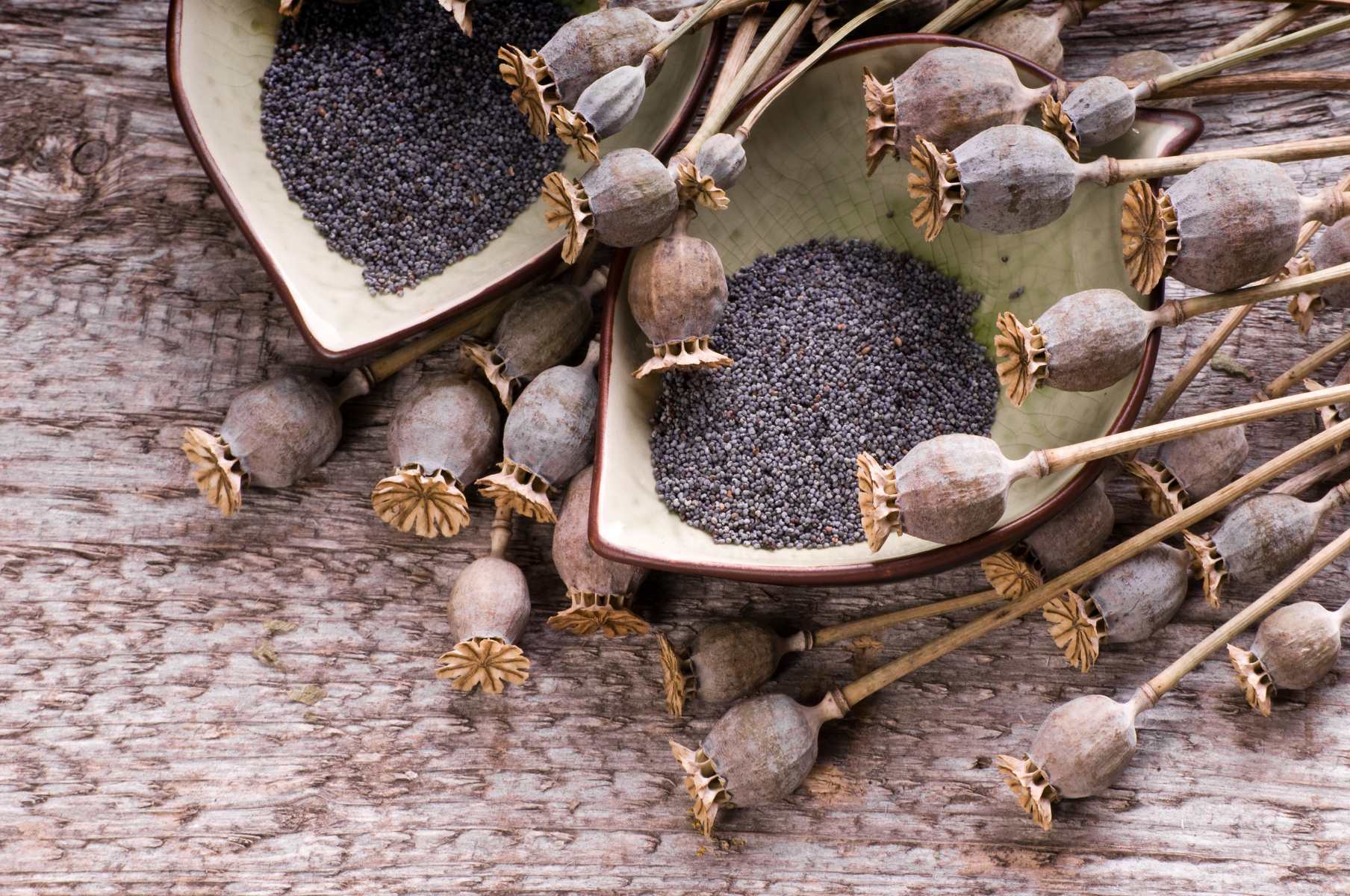

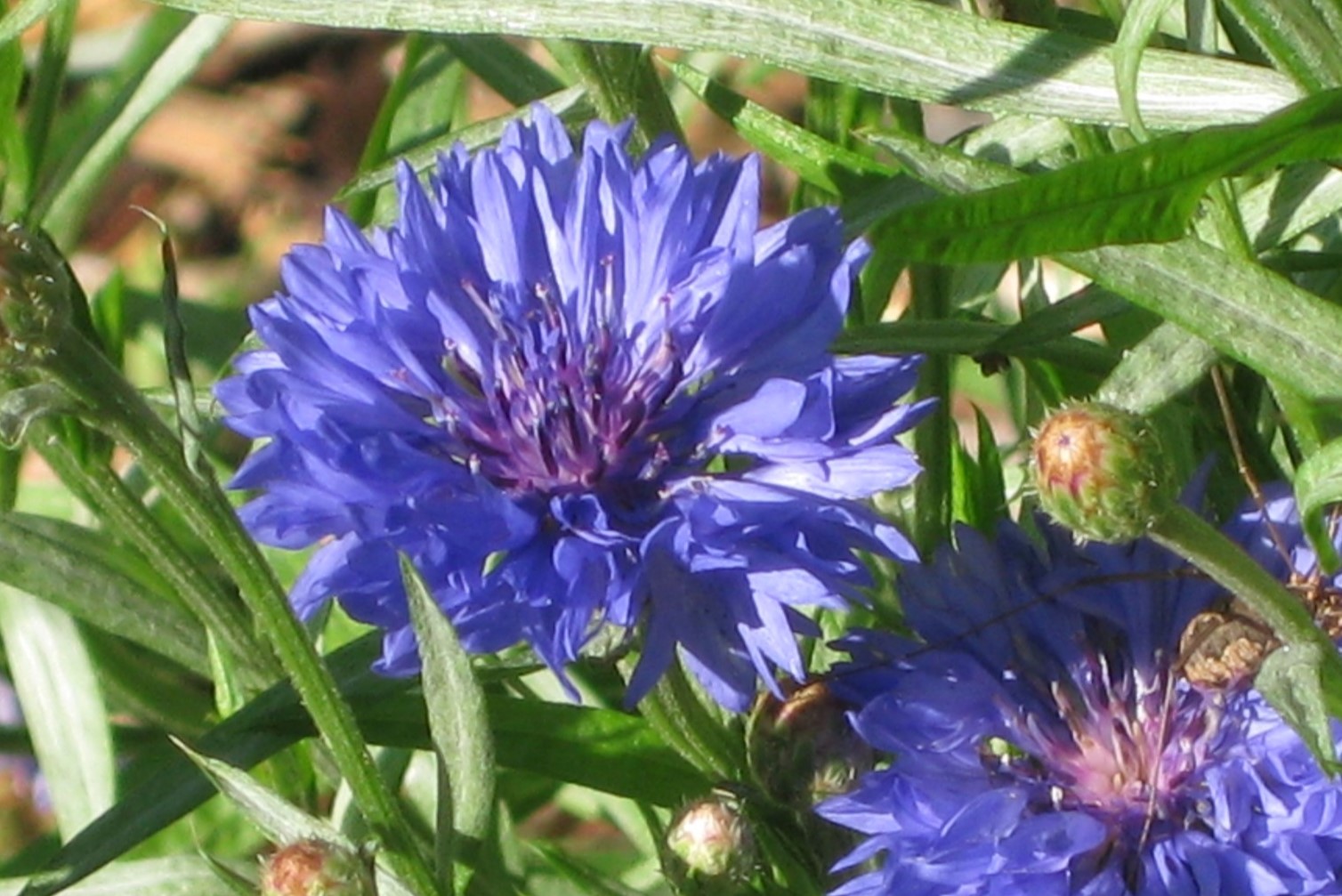
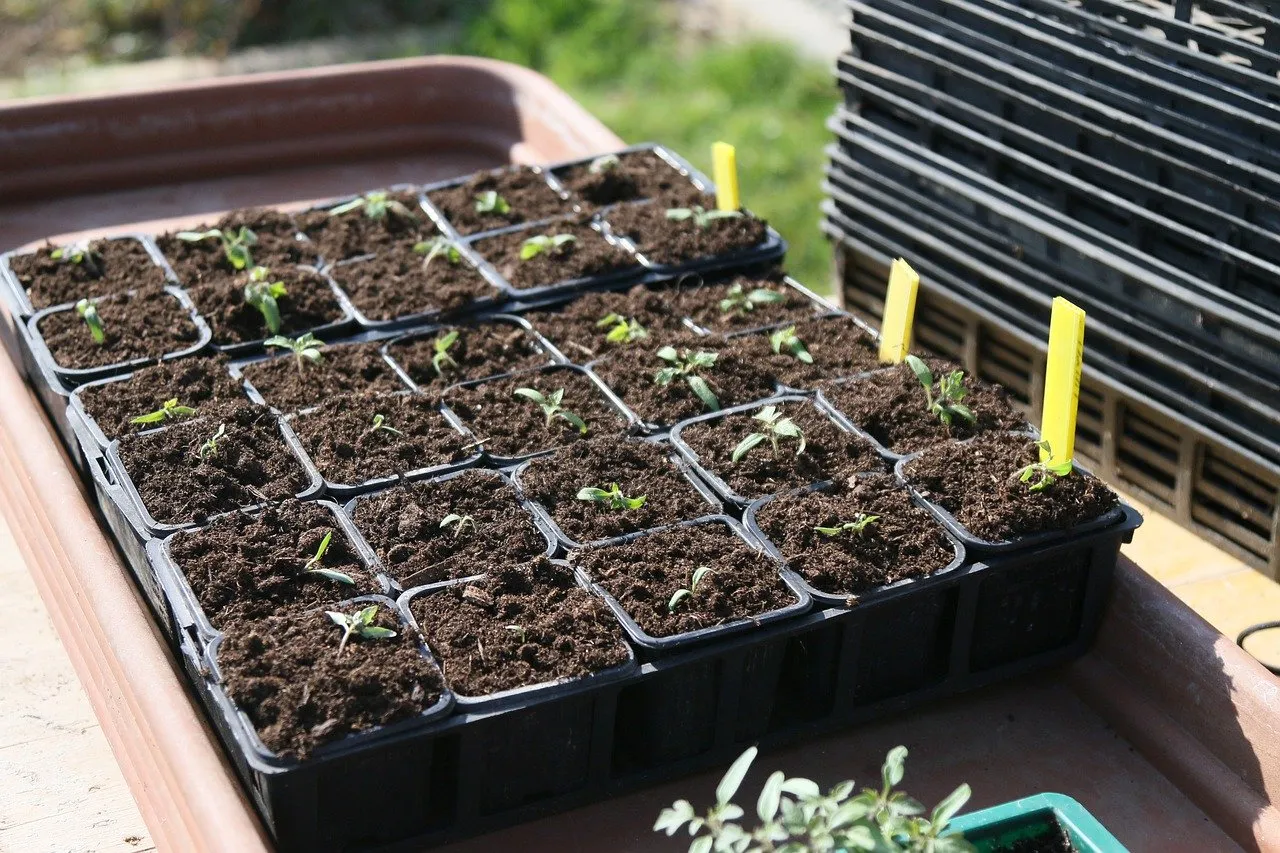
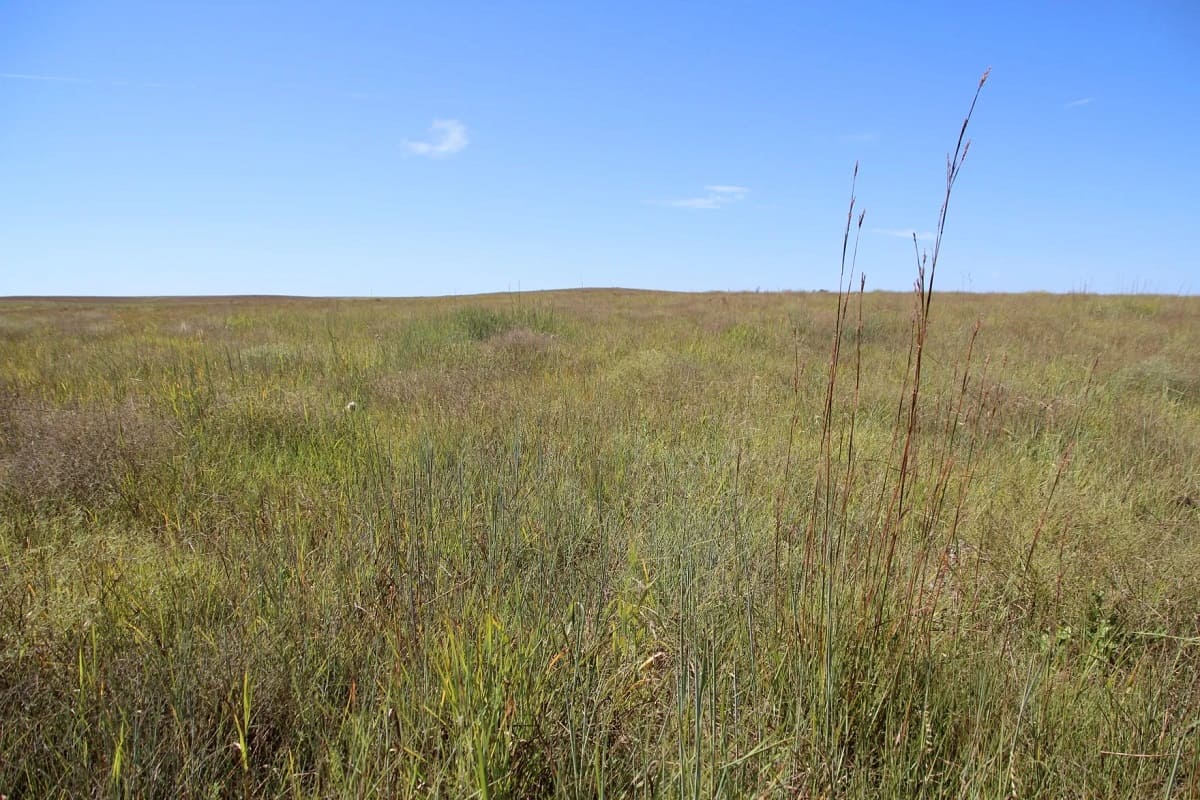
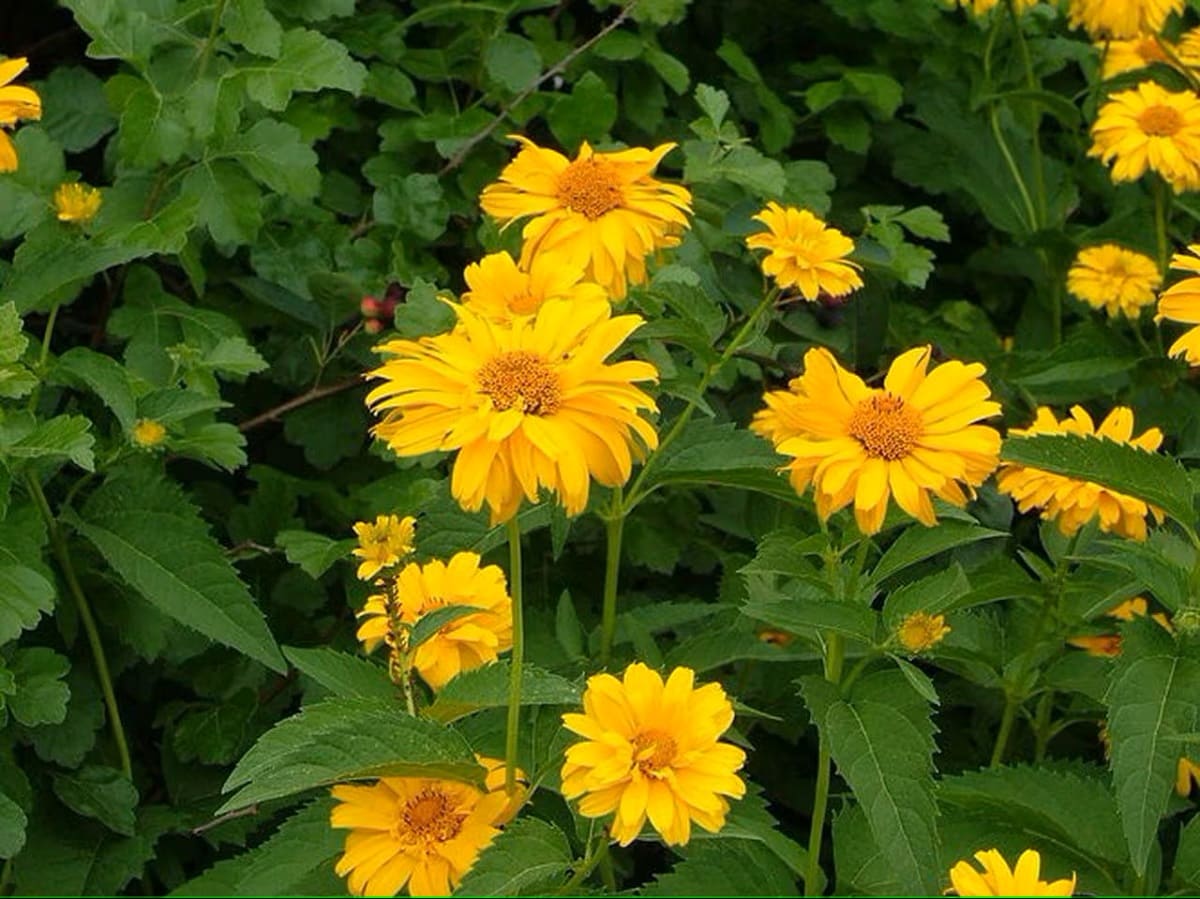
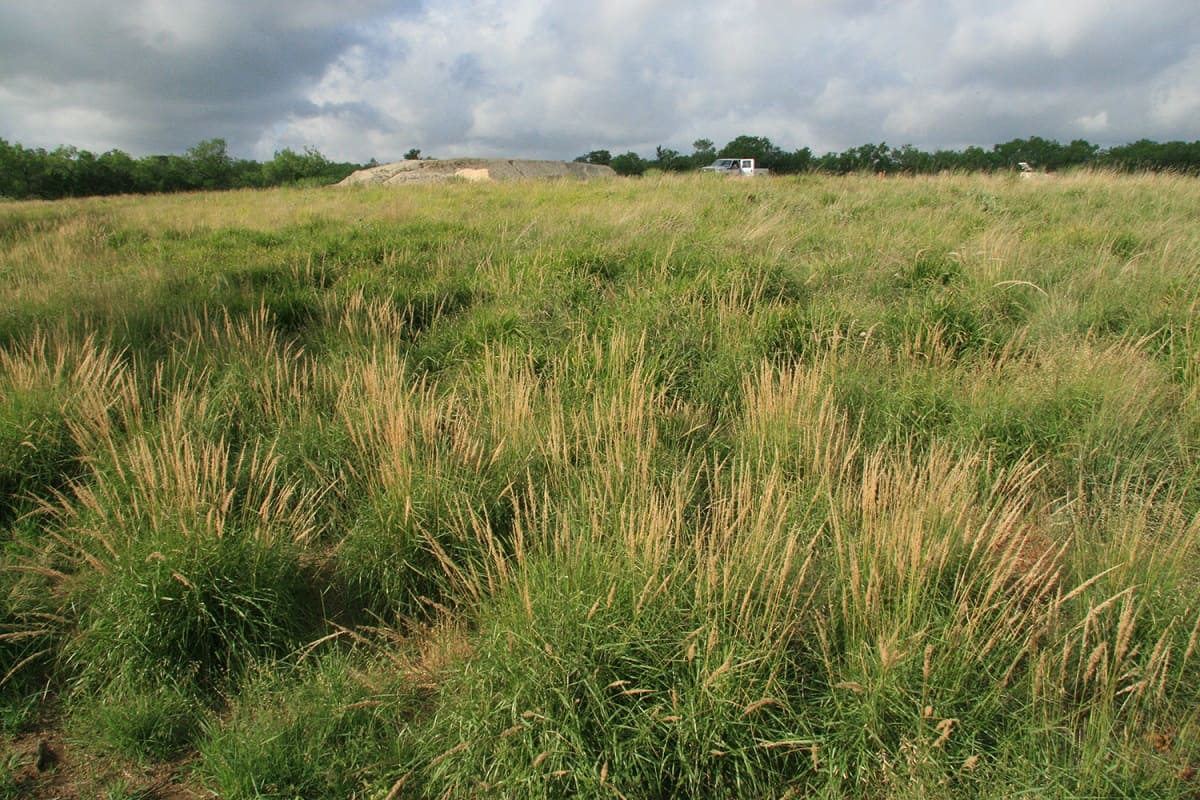
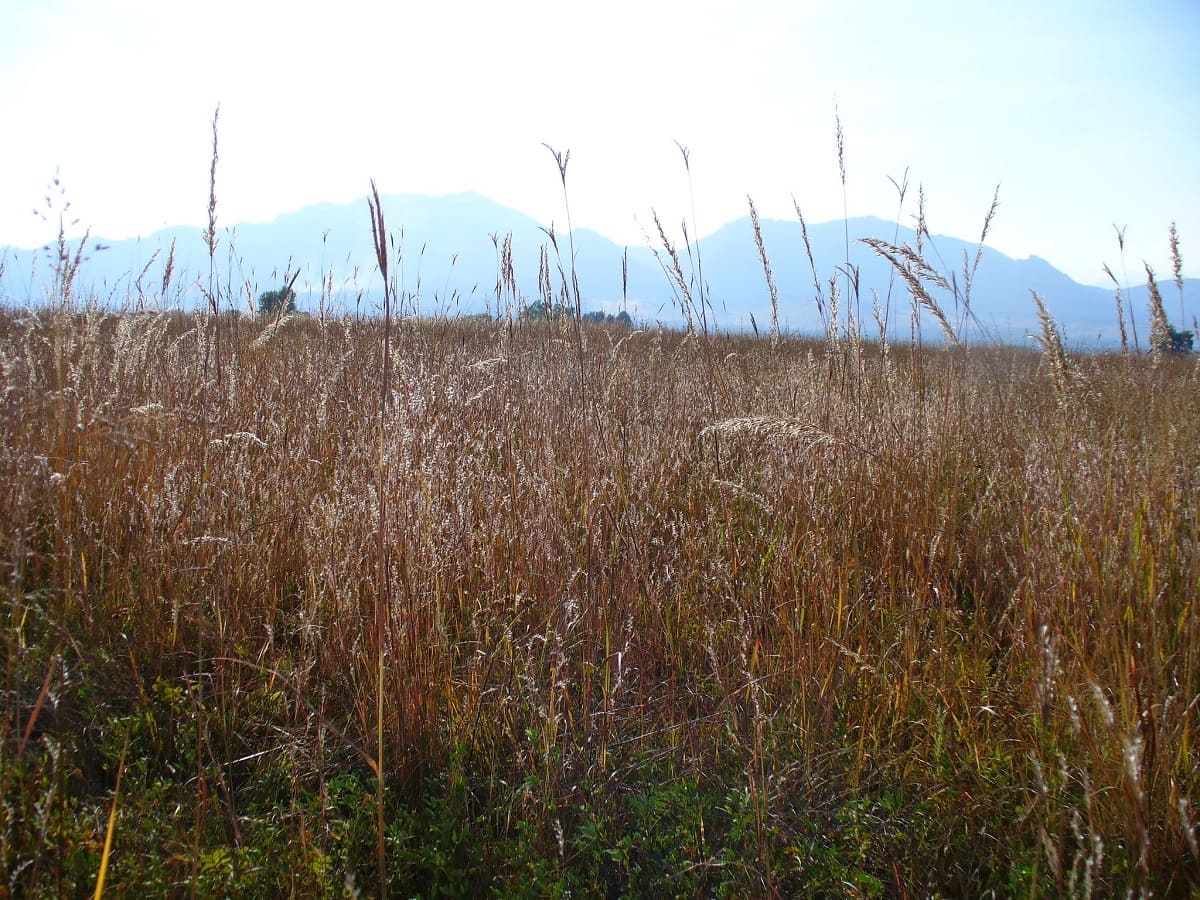
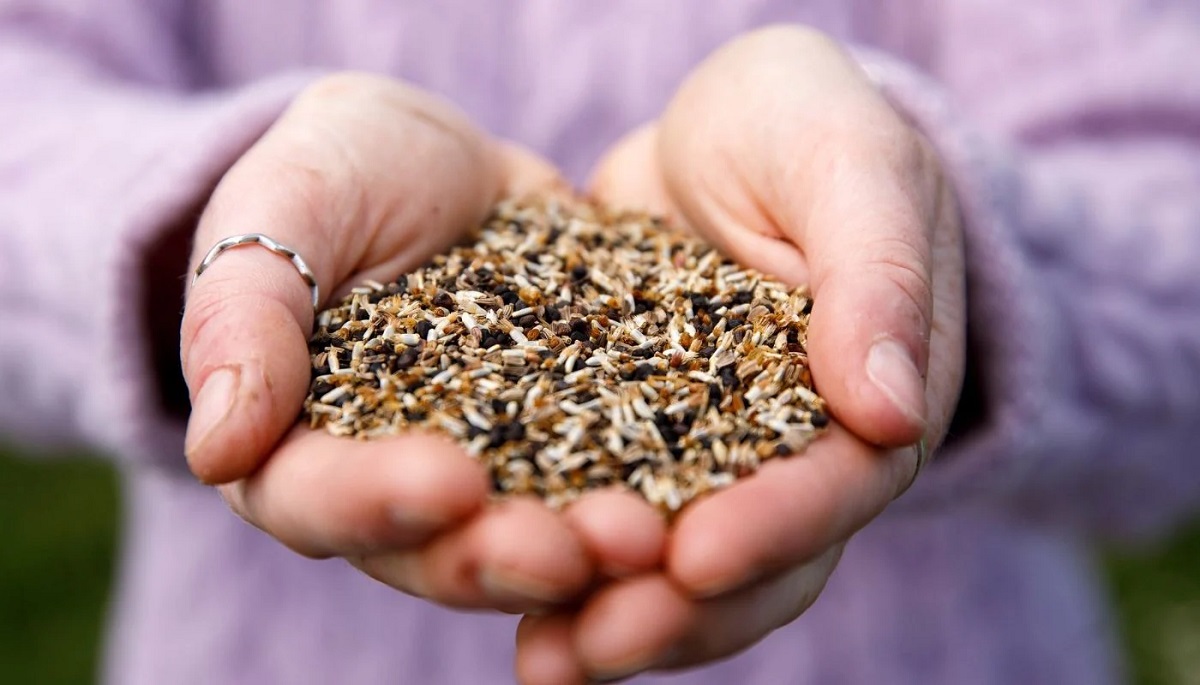
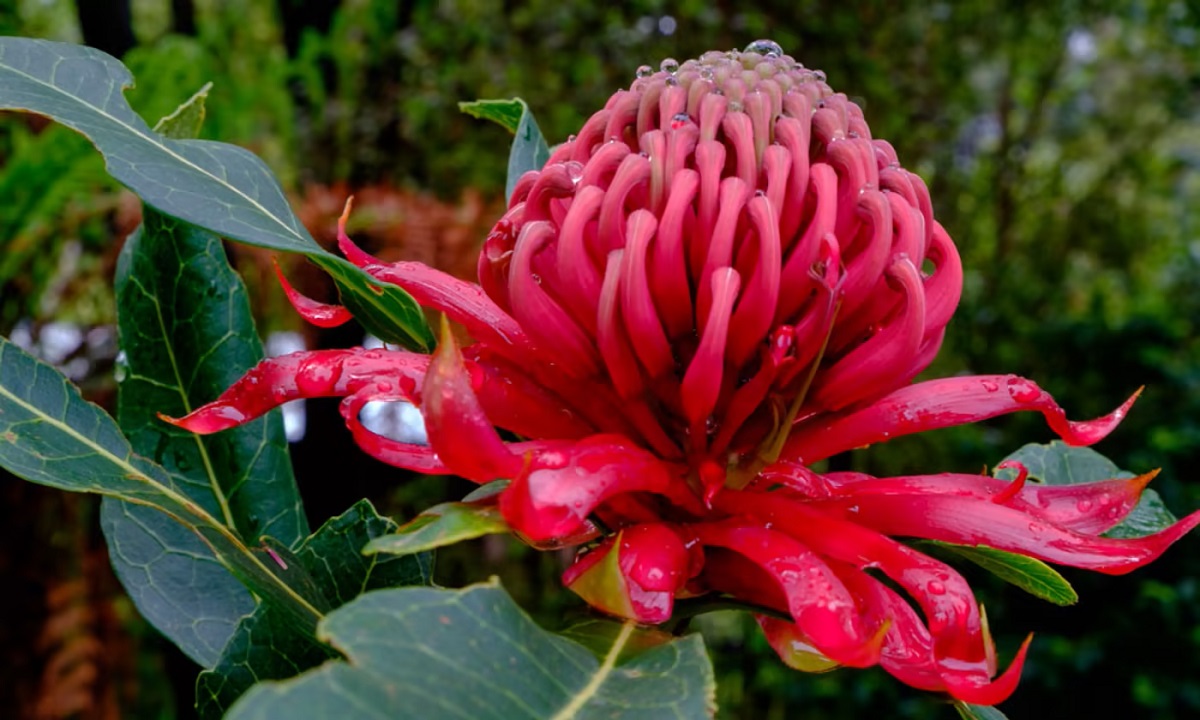
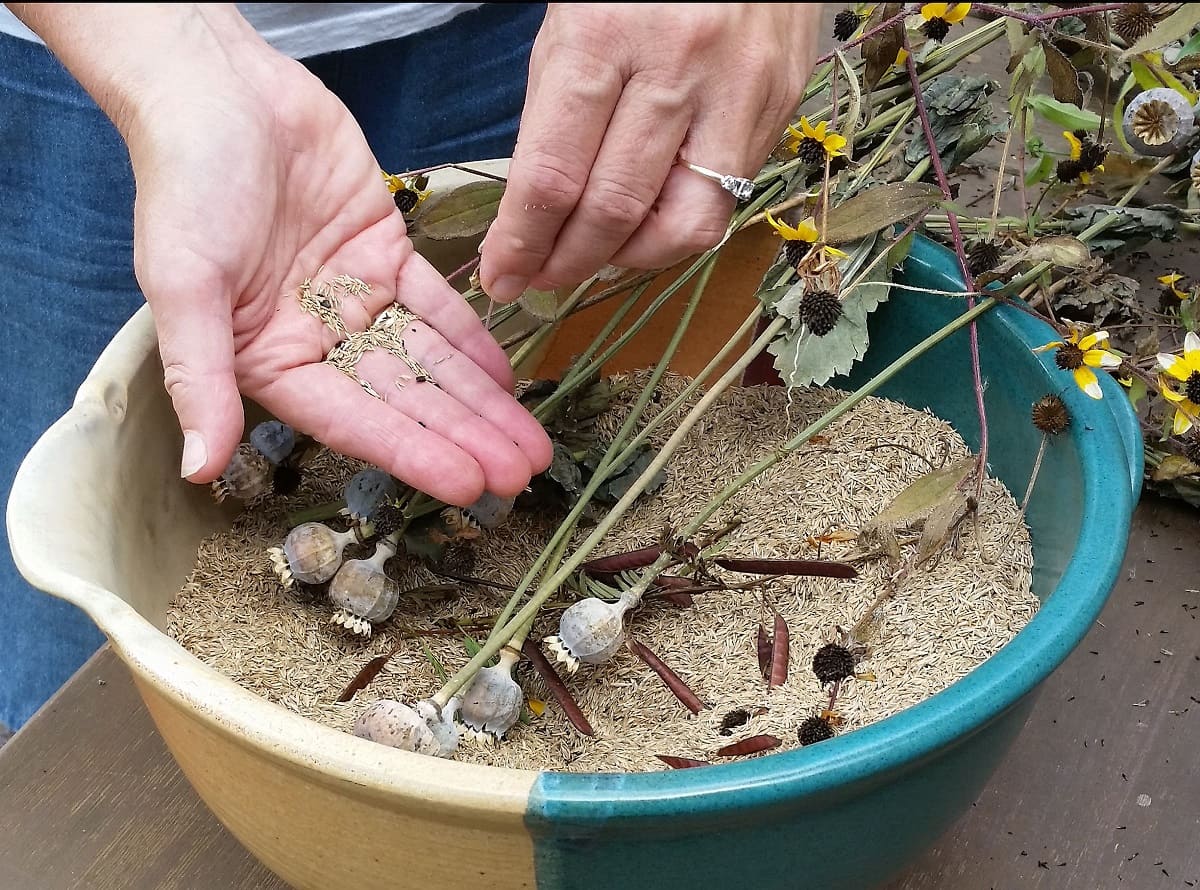

0 thoughts on “When To Sow Native Plant Seeds”